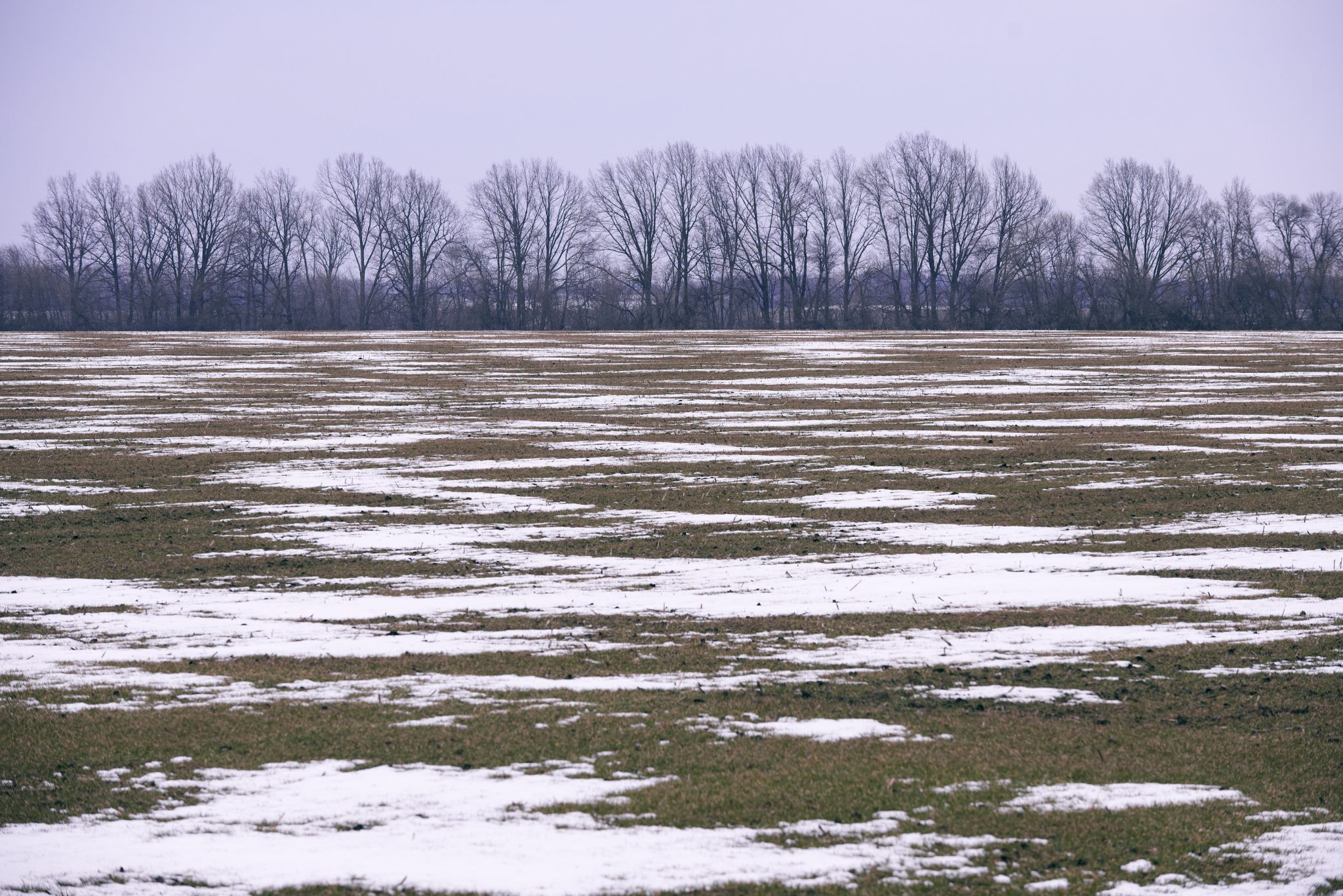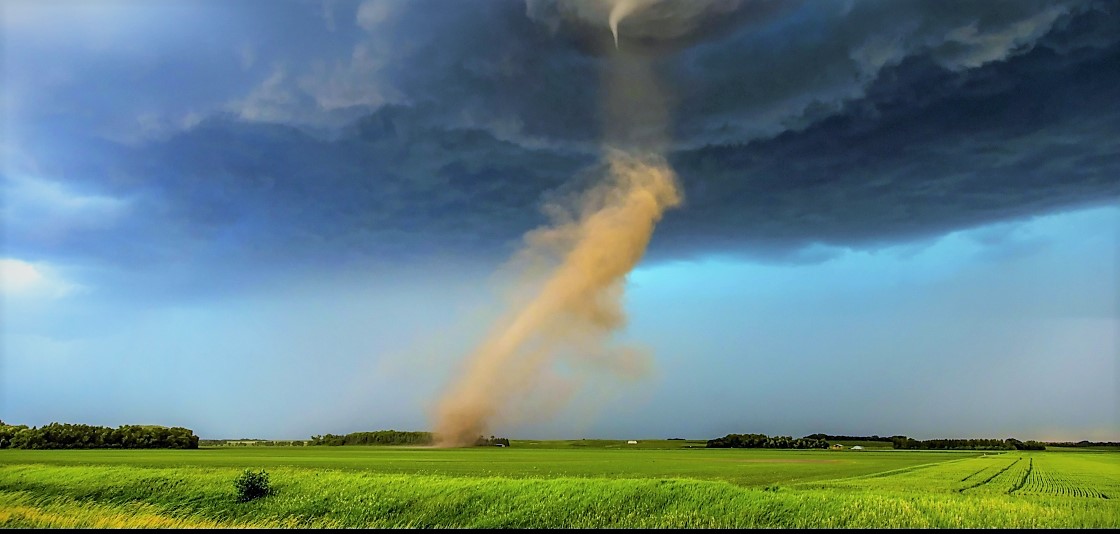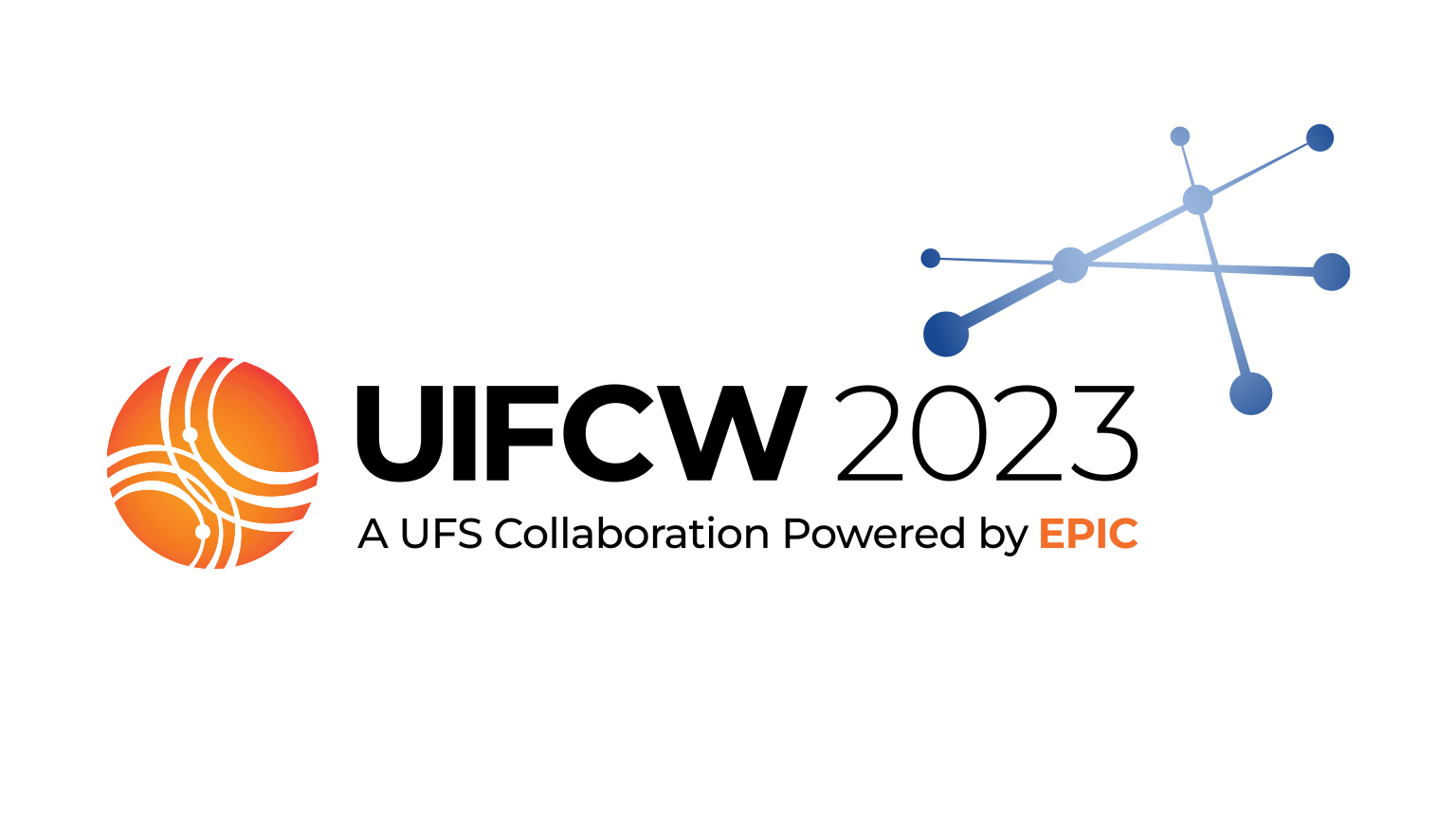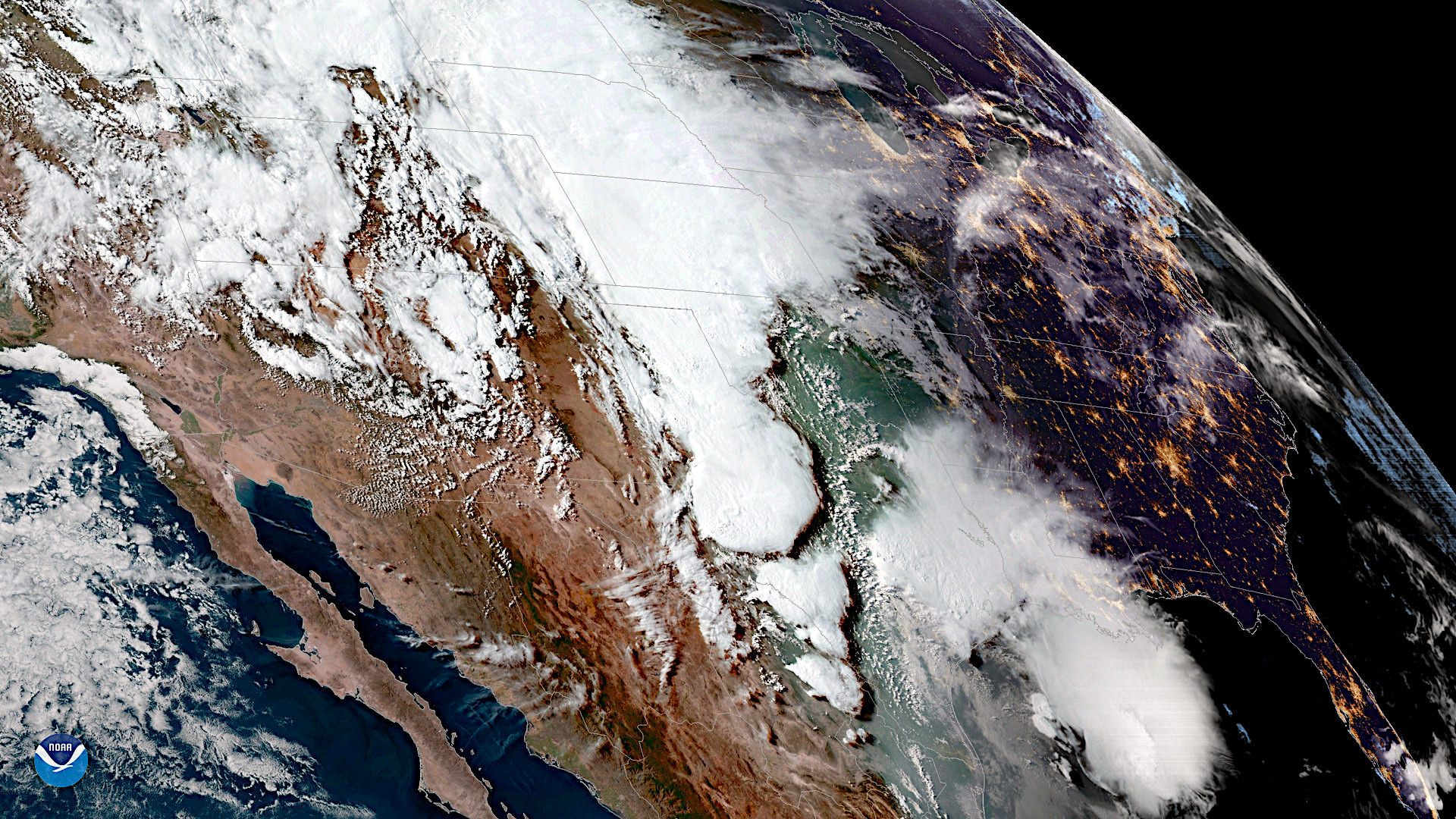
UFS Land DA v1.2.0 Release
The Earth Prediction Innovation Center (EPIC) and the Unified Forecast System (UFS)
are proud to announce the public release of the UFS Land Data Assimilation (DA) System v1.2.0.

UFS Short-Range App v2.2.0 Released
The Earth Prediction Innovation Center (EPIC) and the Unified Forecast System (UFS)
are proud to announce the public release v2.2.0 of the Short-Range Weather Application

UIFCW Workshop
EPIC and the UFS held a successful five-day Unifying Innovations in Forecasting Capabilities Workshop (UIFCW)
Presentation Slides and more are available on the EPIC website
Read More

Unified Forecast System
The UFS is a community-based, coupled, comprehensive Earth modeling system
supporting NOAA‘s operational weather forecasting suite and the Weather Enterprise

UFS Research to Operations (R2O) Project
A broad collaboration uniting NOAA and community scientists was launched to accelerate innovation into operational modeling for weather and climate prediction.
Quarterly Newsletter
Weather touches every aspect of our lives. The Unified Forecast System (UFS) and NOAA’s Earth Prediction Innovation Center (EPIC) are working to power the next generation of weather forecast models. We bring together experts from government, academia, industry, and beyond to drive innovation through collaboration.
The quarterly newsletters are designed to help improve and expand communications with our key stakeholders, industry partners, and the public. They highlight the significant news and activities happening across the program.
We encourage you to share this newsletter within your networks to broaden the UFS community’s reach and impact. To stay informed, sign up for the UFS mailing list.
What’s New?
The Earth Prediction Innovation Center (EPIC) and the Unified Forecast System (UFS) community are proud to announce the public release of the UFS Land Data Assimilation (DA) System v1.2.0. More Info
The Earth Prediction Innovation Center (EPIC) and the Unified Forecast System (UFS) community are proud to announce the public release of the UFS Short-Range Weather (SRW) Application v2.2.0 More Info
Earth Prediction Innovation Center (EPIC) and the Unified Forecast System (UFS) held a successful five-day Unifying Innovations in Forecasting Capabilities Workshop (UIFCW) at NCAR (Boulder, Colorado) on July 24th through July 28th 2023. Presentation Slides and more information are available on the EPIC website
Ever wondered what the UFS is? Check out the latest downloadable brochure here
Knowledge Base
UFS Introduction
What is the UFS?
The Unified Forecast System (UFS) is a community-based, coupled, comprehensive Earth modeling system. The UFS numerical applications span local to global domains and predictive time scales from sub-hourly analyses to seasonal predictions. UFS is designed to support the Weather Enterprise and to be the source system for NOAA’s operational numerical weather prediction applications. Read more about UFS.

 Begin working with the UFS now!
Begin working with the UFS now!
